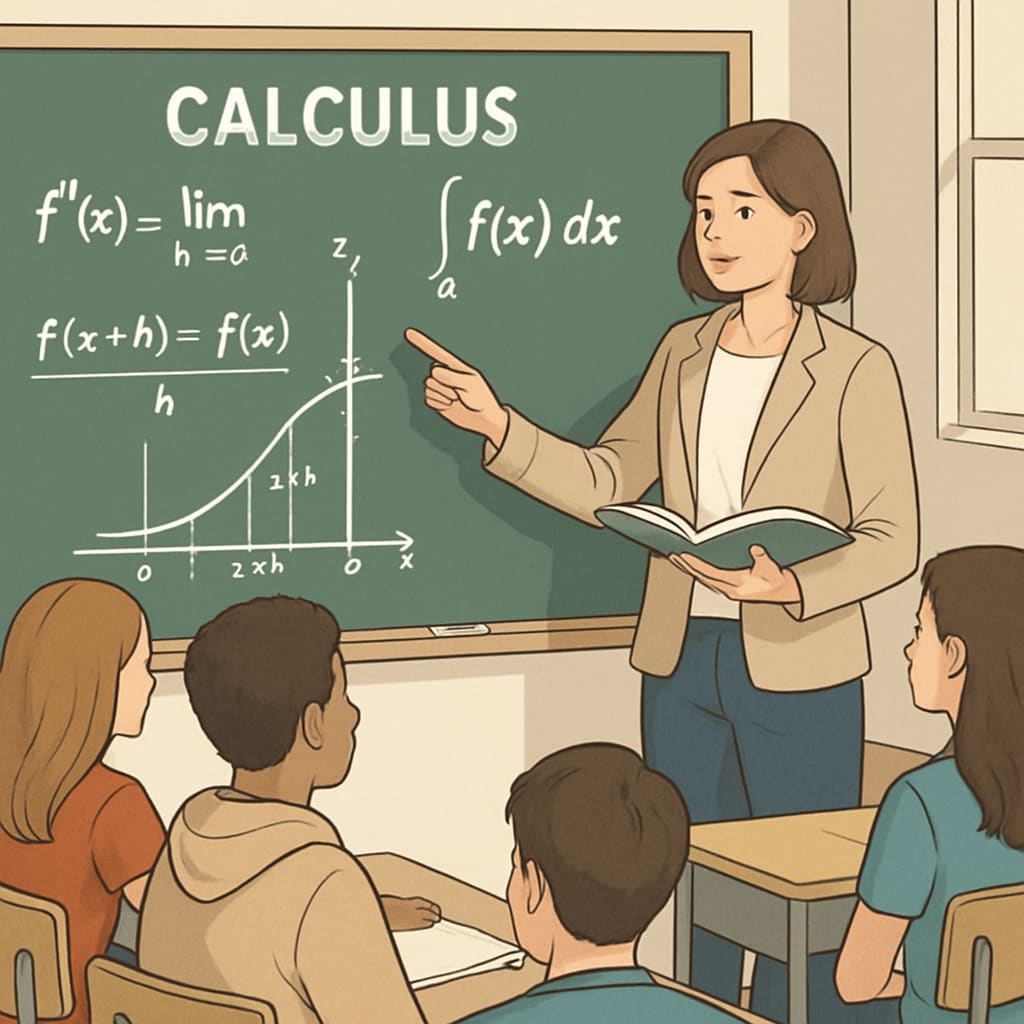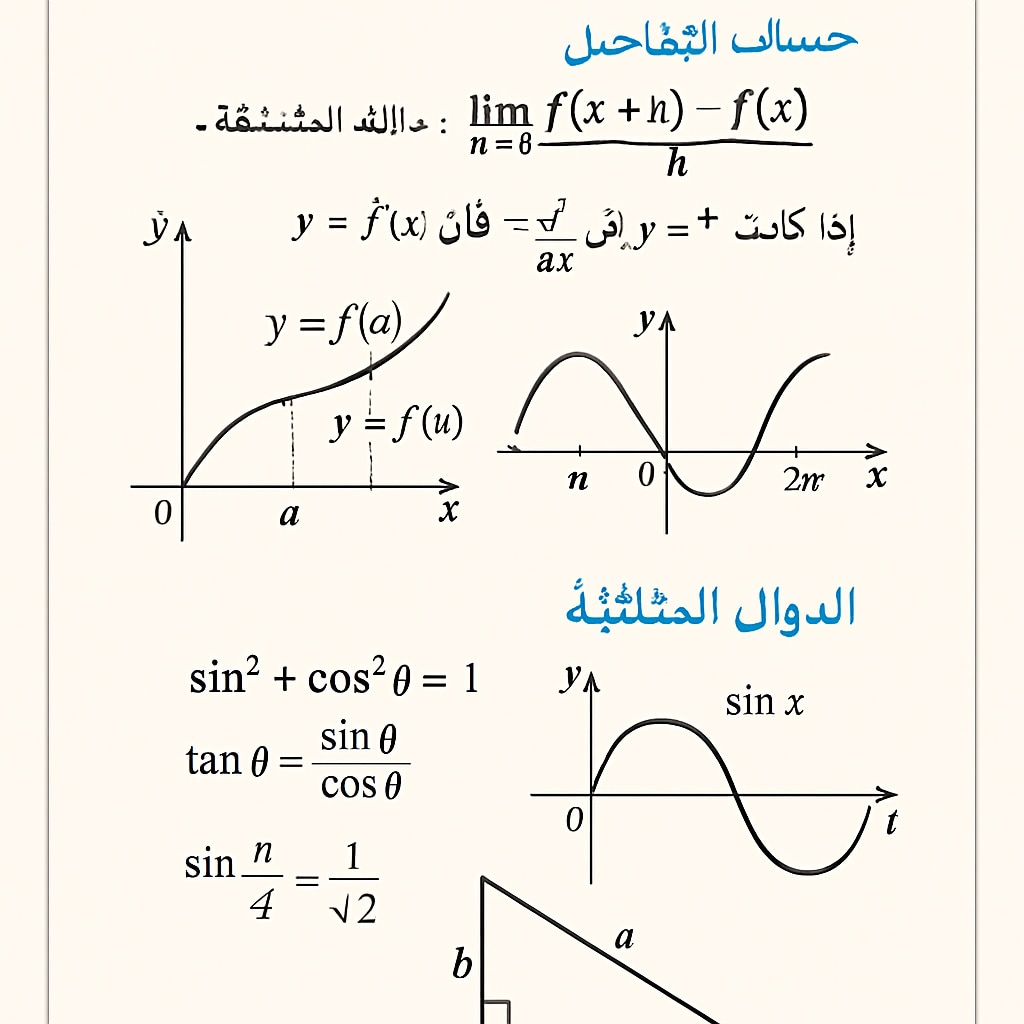High school mathematics is often regarded as one of the most challenging subjects for students, especially in their final year. Many students experience significant learning difficulties during this period, which can hinder their overall academic performance. Addressing these challenges requires specialized teaching strategies tailored to the curriculum and student needs. In this article, we will analyze the major difficulties students face in high school math, specifically in Algeria, and offer practical solutions for educators to improve their teaching approaches.
Key Challenges in High School Mathematics
In the final year of high school, mathematics becomes increasingly complex, covering topics like calculus, linear algebra, probability, and trigonometry. Students often struggle with abstract concepts, problem-solving techniques, and the application of mathematical theories to real-world scenarios. According to Algeria’s official curriculum, certain areas, such as integration in calculus and advanced trigonometric identities, are particularly problematic for learners.
Some common obstacles include:
- Lack of foundational knowledge from previous years, which makes advanced topics harder to grasp.
- Difficulty in visualizing geometric and algebraic problems.
- Limited exposure to practical applications, reducing engagement and comprehension.
These challenges are compounded by the fact that many students feel intimidated by mathematics, leading to anxiety and reduced confidence. Teachers must address these issues proactively to ensure student success.

Optimized Teaching Strategies for High School Mathematics
To help students overcome their learning difficulties, educators can adopt targeted strategies that simplify complex concepts and make lessons more engaging. Below are some effective approaches:
- Break Down Complex Topics: Divide advanced topics like calculus into smaller, manageable sections. For example, focus on basic integration techniques before introducing more complex applications.
- Use Visual Aids: Incorporate graphs, diagrams, and interactive tools to help students visualize problems more effectively.
- Relate Math to Real-Life Scenarios: Demonstrate how mathematical concepts apply to everyday situations, such as using probability in decision-making or trigonometry in architecture.
- Encourage Collaborative Learning: Group activities and peer discussions can make learning more dynamic and less intimidating.
- Offer Regular Assessments: Frequent quizzes and feedback sessions help students track their progress and identify areas for improvement.
Additionally, developing a simplified Arabic-language math teaching framework tailored to Algeria’s curriculum can further enhance comprehension. This approach ensures that language barriers do not impede learning. For example, translating complex mathematical terminology into simplified Arabic terms can make lessons more accessible for students.

Conclusion: Enhancing Student Success in Mathematics
High school mathematics is undoubtedly a challenging subject, but with the right teaching strategies, educators can help students overcome their difficulties and excel academically. By breaking down complex topics, using visual aids, and relating lessons to real-life applications, teachers can create a more engaging and effective learning environment. Furthermore, a simplified Arabic-language framework tailored to Algeria’s curriculum can address linguistic barriers, ensuring students fully understand the concepts being taught.
As a result, students will not only develop a stronger grasp of mathematical principles but also gain the confidence needed to tackle future academic challenges. Effective teaching strategies are key to bridging the gap between student learning difficulties and academic success.
Readability guidance: Maintain short paragraphs and use lists for clarity. Distribute transitional phrases evenly across the text to ensure smooth flow. Keep passive voice usage and lengthy sentences to a minimum.


